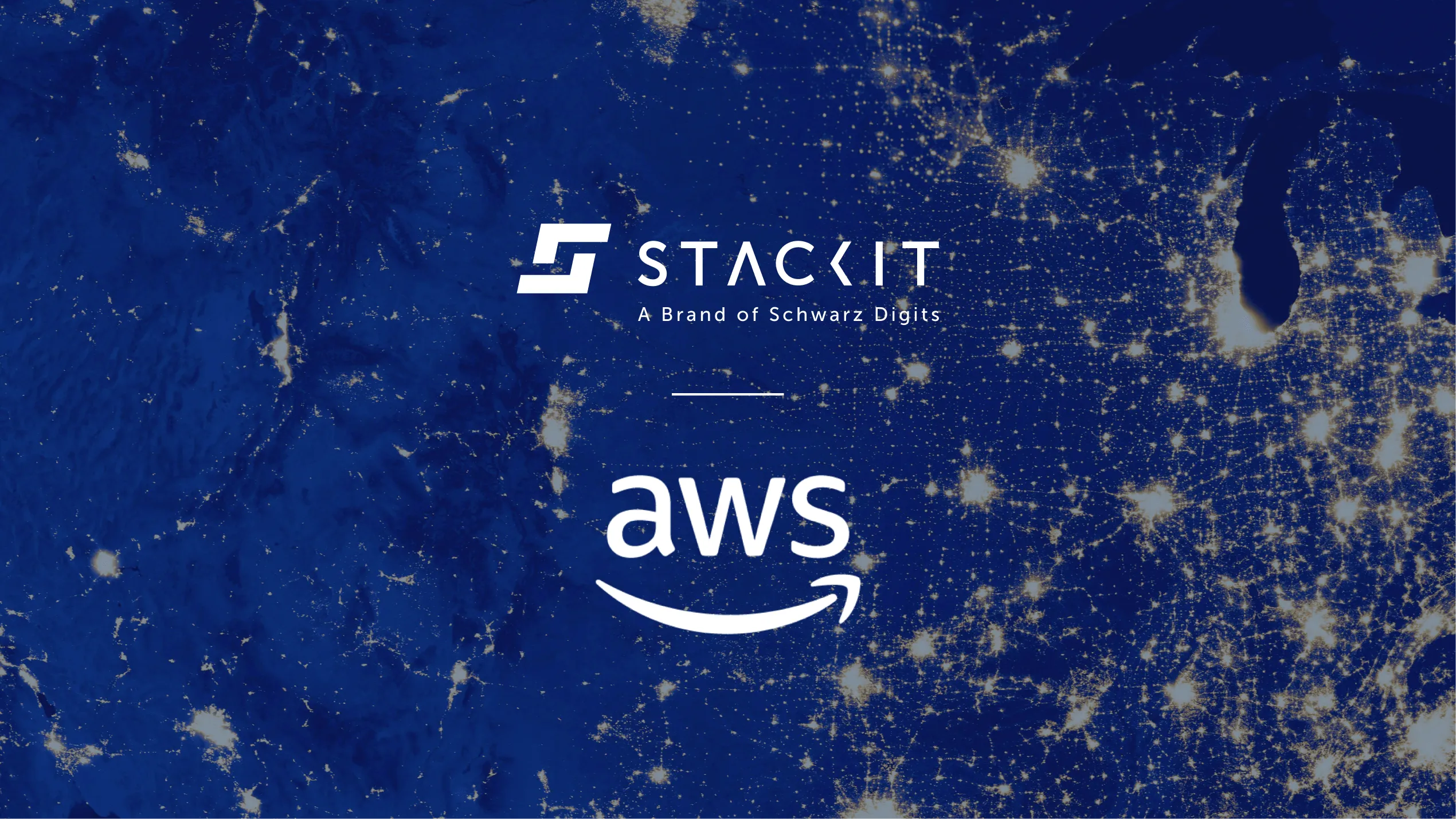.webp)
Cloud Exit – A Growing Concern?
In recent years, cloud technology has become one of the most critical tools for modern businesses. With promises of scalability, flexibility, and cost efficiency, the cloud has gained widespread appeal. However, for many organizations, the reality often falls short. Inefficient cloud use frequently results in unforeseen expenses that exceed initial budgets significantly. Consequently, more companies are considering a "cloud exit" – transitioning away from cloud solutions back to on-premises systems or hybrid architectures.
But is cloud exit really the best solution? Or do many of these challenges stem from inefficient cloud use and poor cost control? This blog post explores how cloud exits are often the result of ineffective cloud utilization and how FinOps can be a strategic approach to optimizing cloud use. A reliable partner, such as AOE GmbH, can further assist companies in achieving the cloud’s promises and implementing successful, long-term cloud strategies.
1. What Leads to Cloud Exit?
Cloud exits have become more common in recent years, typically driven by the following main factors:
1.1 Unpredictable and Rising Costs
One of the primary reasons for cloud exit is poor cloud cost management. Many companies adopt cloud technology without a deep understanding of the cost structures involved. This often leads to unexpectedly high bills, especially when resource consumption goes unchecked or when applications are scaled inefficiently.
1.2 Complexity and Lack of Transparency
Using the cloud effectively requires expertise and ongoing monitoring. Many companies underestimate the complexity of cloud services, failing to realize that cloud resources are not automatically optimized. Without clear metrics and transparency, cloud management can quickly become an opaque and costly endeavor.
1.3 Lack of Optimization and Governance
Organizations that do not establish clear governance and optimization strategies for their cloud usage risk inefficiency. Lacking automation, unused or misconfigured resources, and insufficient monitoring all contribute to suboptimal cloud environments.
These issues often lead to the perception that the cloud is not delivering as promised and that an exit is the only solution. Yet instead of leaving the cloud, businesses should focus on optimizing their usage and gaining control over their expenses – and this is where FinOps comes into play.
2. FinOps: The Solution for Efficient Cloud Usage
FinOps, short for “Financial Operations,” is an approach aimed at optimizing the finances and operations of cloud resources. It combines financial management, IT, and development disciplines to ensure data-driven, continuous optimization of cloud usage and costs.
2.1 Transparency and Control
A core component of FinOps is creating transparency in cloud expenses. With FinOps, organizations gain a clear view of which cloud resources are in use and what they cost. This allows for targeted cost-reduction actions and helps avoid unwelcome surprises.
2.2 Optimized Cloud Usage
FinOps supports dynamically aligning resources with actual demand. By implementing automated workflows, such as automatically shutting down unused instances or scaling resources as needed, companies can ensure they pay only for what they truly use.
2.3 Cross-Functional Collaboration
A key advantage of FinOps is the integration of finance, IT, and development teams. This close collaboration ensures all departments work toward optimizing cloud use together. With clear communication and standardized processes, both financial and technical objectives can be met.
2.4 Predictable and Manageable Costs
FinOps provides companies with tools and methods for forecasting and managing expenses. Through budget setting, automated alerts, and dashboards, companies can avoid unexpected cost spikes and align cloud usage with business requirements.
3. Cloud Efficiency through FinOps: Achieving What You Expect from the Cloud
The cloud’s promises – scalability, flexibility, and cost efficiency – are indeed attainable, but only if organizations use it correctly. With FinOps, companies can:
- Maximize Cost Efficiency: Through continuous monitoring and optimization of cloud resources, companies can reduce their spending while maximizing performance.
- Fully Leverage Flexibility and Scalability: With a data-driven approach to cloud usage, businesses can dynamically adjust resources to meet actual demand, thus taking full advantage of the cloud’s flexibility.
- Minimize Risk: With precise budgeting and real-time monitoring, organizations can reduce the risk of unpredictable costs.
4. AOE: Your Partner for Sustainable Cloud Strategies
Implementing a successful FinOps strategy is not a trivial task; it requires extensive expertise in cloud technology, financial management, and process optimization. This is where AOE GmbH comes in. As an experienced partner, AOE supports companies in optimizing their cloud strategies and fully realizing the advantages of the cloud.
4.1 Cloud Expertise
AOE has years of experience developing and implementing customized cloud solutions for businesses of all sizes. AOE helps you select the right tools and technologies to ensure efficient cloud usage.
4.2 FinOps Implementation
AOE not only assists with technical execution but also with establishing a successful FinOps strategy. By combining technical expertise and financial know-how, AOE helps you optimize cloud costs and use the cloud efficiently.
4.3 Long-Term Partnership
Cloud technologies are constantly evolving. AOE sees itself as a long-term partner, supporting you in continuously optimizing and adapting your cloud strategy to ensure you consistently maximize the value of your cloud investment.
Conclusion: Cloud Exit Is Avoidable – Efficient Cloud Use through FinOps and AOE
A cloud exit is often the result of inefficient use and poor cost management. However, instead of leaving the cloud, companies should focus on optimized cloud usage, enabled through FinOps. FinOps provides transparency, control, and cost optimization, empowering businesses to realize the promises of the cloud – flexibility, scalability, and cost efficiency.
With an experienced partner like AOE GmbH at your side, you can ensure a successful cloud strategy, mitigate risks, and reap the long-term benefits of cloud technology.
Claim the whitepaper!

Kevin Schu
Director Cloud & Devops
Claim the checklist!

Kevin Schu
Director Cloud & Devops
Claim the checklist!

Kevin Schu
Director Cloud & Devops
Claim the checklist!

Stefan Rotsch
Senior Solution Architect, AOE
Claim the checklist!

Stefan Rotsch
Senior Solution Architect, AOE
Claim the whitepaper!

Kevin Schu
Director Cloud & Devops
Claim the checklist!

Kevin Schu
Director Cloud & Devops
Claim the whitepaper!

Kevin Schu
Director Cloud & Devops
Claim the checklist!

Kevin Schu
Director Cloud & Devops




